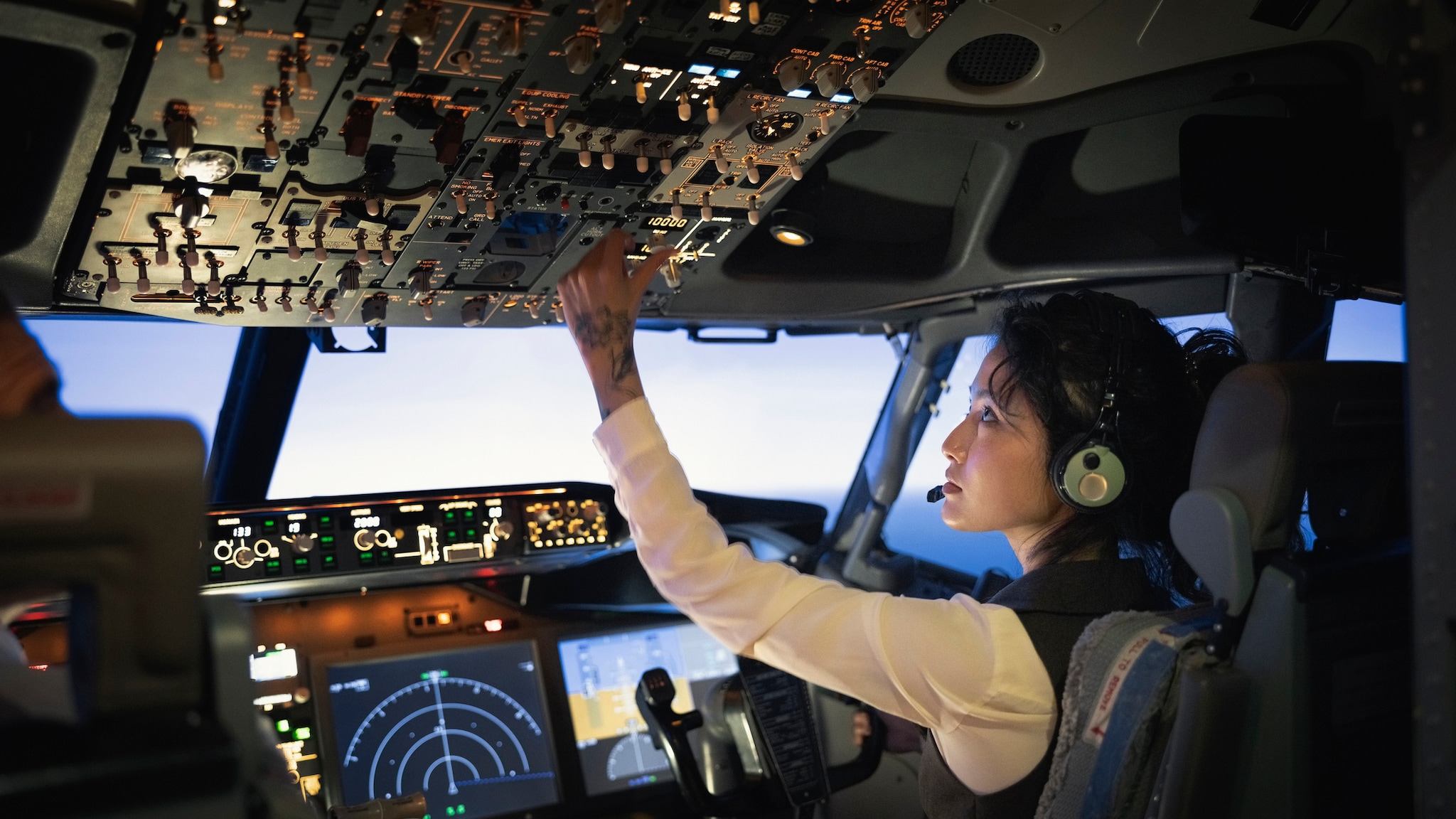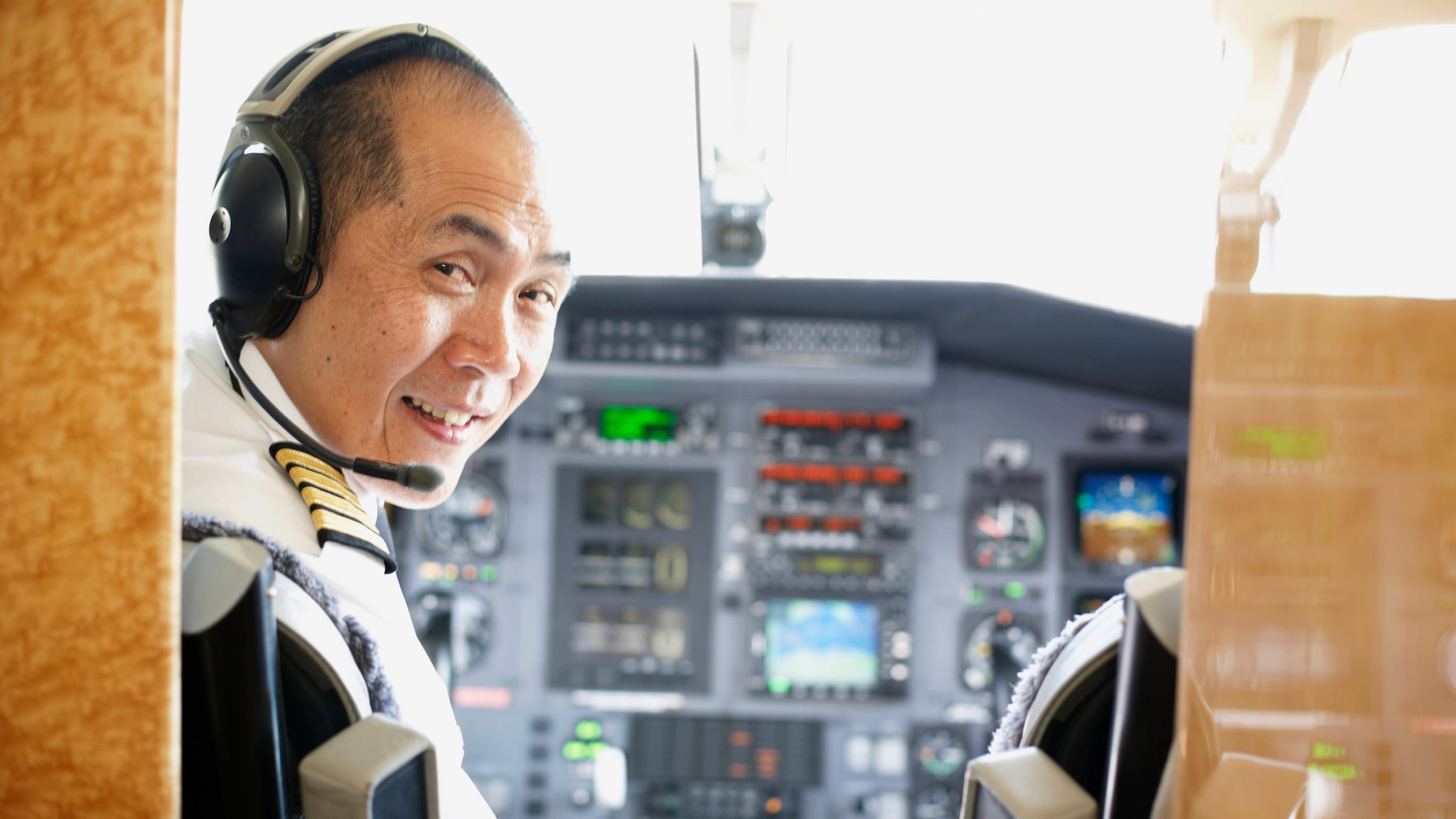Key points
- Occupational hearing loss is one of the most common work-related injuries in the United States.
- There are many sources of noise during flight operations.
- Talk to your employer and your healthcare provider if you have concerns about your noise exposures at work.

Overview

On the ground, aircraft engines, takeoff preparations, and braking are sources of noise on aircraft.
When airborne, the aircraft engines and high speed turbulence over the fuselage are the largest sources of noise on aircraft. Announcements and mechanical noises from food and beverage service are other sources of noise.
What are the recommended levels for noise at work?
NIOSH recommends that all worker exposures to noise be controlled below a level equivalent to 85 dBA for eight hours to minimize occupational noise induced hearing loss.
Hearing loss accumulates over a lifetime. If you are exposed to aircraft noise and have health problems, we can't tell if it was caused by your work conditions or if it was caused by something else.
Although we know general ranges of noise levels on aircraft, noise levels have not been measured on all aircrafts and can vary.
What you can do
Employers and employees can learn more about protecting employee hearing from the NIOSH Noise and Hearing Loss Prevention website.
Follow up with your healthcare provider if you have concerns about your noise exposures. Make sure your healthcare provider knows that you work as a crewmember. Sharing this and other information with your healthcare provider may be useful. You or your healthcare provider may also contact CDC-INFO for more information.
Resources
- Federal Aviation Administration: Hearing and Noise in Aviation
- Commercial Aviation: Pilots' and Flight Attendants' Exposure to Noise aboard Aircraft
If you have safety and health questions about your job contact CDC-INFO.
